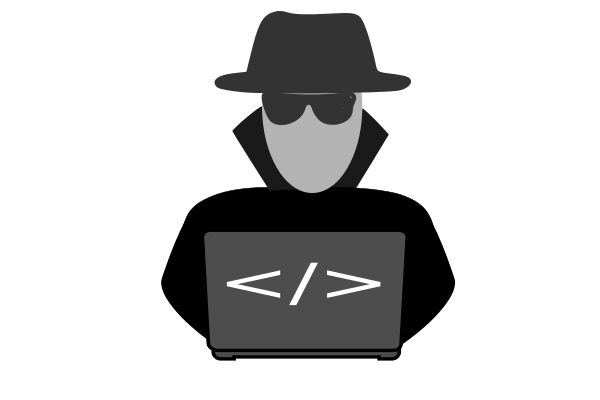The course aims at theoretical and applied knowledge in securing computer networks, including servers, computers, and their software as well as securing the organization wherein they reside. The course deals with securing data communications at the network and transport levels (firewalls, ports, IP tunnels, IPSec etc.) and the application level (authentication, encryption etc.). The course also deals with non-technical aspects of IT- and communication security. Included are societal and economical aspects, but also ethical aspects.
The following is included in the course:
- General overview of IT security
- How to work with IT security
- Management within companies and organisations
- Encryption methods
- Authentication and access control
- IPSec and virtual private networks (VPN)
- Firewalls and intrusion detection system (IDS)
- Protection against malicious software, such as anti-virus software
- Personal integrity
- Web security
- Typical security vulnerabilities
- Other current topics in IT security
